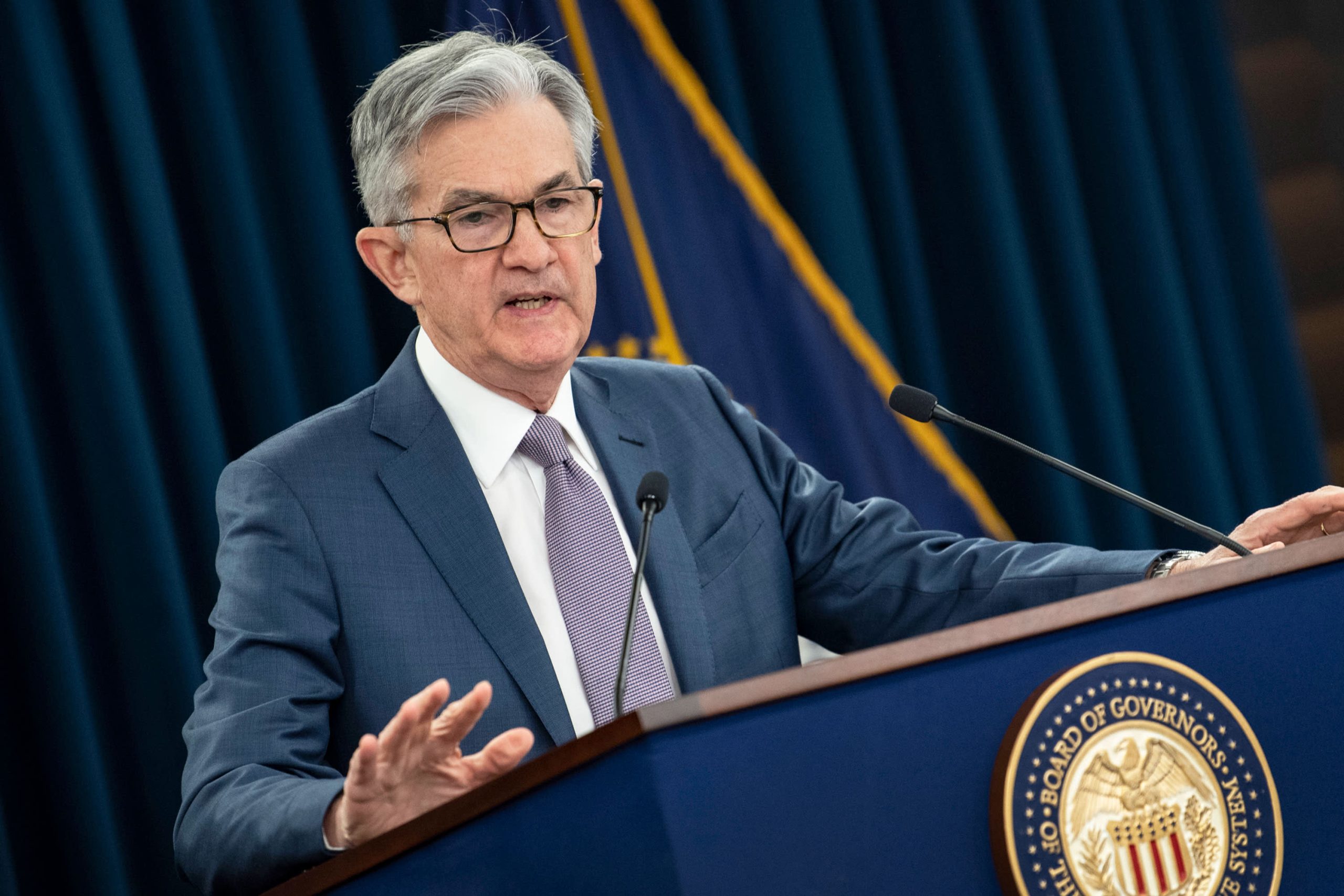The Federal Reserve’s upcoming meeting marks the first since recent high inflation figures dashed hopes of three interest rate cuts this year, which had previously fueled stock market optimism and bolstered economic growth forecasts for 2024. Although initial reactions saw stocks tumble following disappointing inflation reports, a partial rebound occurred due to robust earnings from major tech companies.
Expected to maintain its key short-term interest rate between 5.25% to 5.5%, the Fed isn’t slated to update its March forecasts on the economy, inflation, and rates. However, Fed Chair Jerome Powell’s statements during the two-day meeting could offer insights into the future direction of interest rates.
Inflation has shown mixed trends lately. After a substantial easing last fall from a 40-year high, inflation surged again in the first quarter of 2024, hitting 3.5% in March, with core measures also rising. Factors contributing to this uptick include the ongoing rise in service costs like rent, car insurance, and healthcare, attributed partly to increased wages amidst COVID-19 labor shortages.

Initially optimistic about inflation trends, Powell’s recent remarks suggest a longer-than-expected timeline to reach the Fed’s 2% inflation target, prompting a shift in market expectations from three rate cuts to possibly just one in September. Despite recent inflationary pressures, many economists believe inflation will ease, citing temporary factors like the resolution of supply chain bottlenecks and an impending moderation in certain cost increases.
Looking ahead, both Goldman Sachs and Barclays anticipate a slowdown in inflation, with differing views on the timing and number of rate cuts. Goldman predicts two cuts in July and November, contingent on inflation trends, while Barclays foresees just one cut in September. Powell’s statements during the meeting are expected to emphasize caution, leaving the possibility of rate cuts open but refraining from specific commitments, given the uncertainty surrounding inflation dynamics and the cooling labor market.


